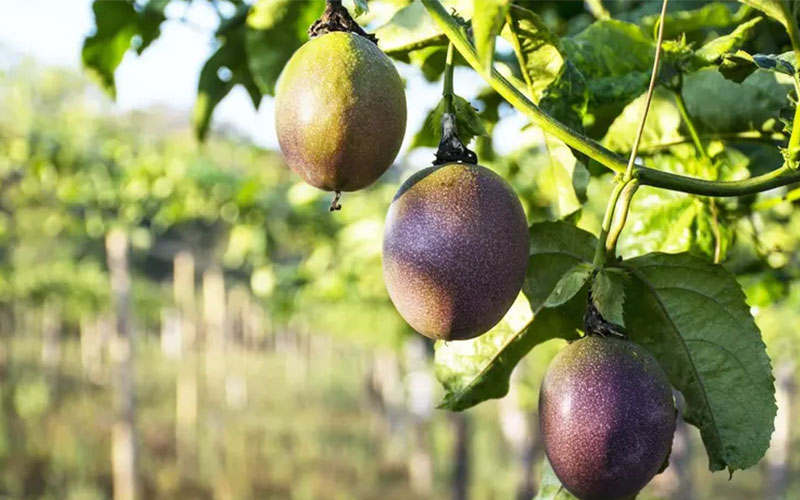Passionfruit Growth Light
Light
Passionflower plants are strong growers that can climb 20 feet or more, although some varieties only reach heights of 6 to 8 feet when mature. The vines produce tendrils that help the plant adhere to its support, but light is also important in helping a passionflower vine reach its full height and bloom to its best advantage. These plants prefer full sun and require at least four hours of bright sun each day for best growth. They also need strong light to support full production of their unusual, frilly petaled flowers.
Shade
Although passionflower vines are sun-loving plants, they can tolerate light shade for part of the day, especially during the hot afternoon hours in summer. If you plant a passionflower in a partially shaded spot at the edge of full sun, however, the plant will climb away from the shade, reaching for the nearby bright light. This habit can interfere with a plan to cover a partly shaded support with the plant and should be considered when choosing a location for your passionflower. Using ties to secure the plant’s new growth in place can help overcome the plant’s habit of reaching for a sunny spot.
Indoors
The hardiness of passionflowers varies with the species or cultivar. The wild passionflower (P. incarnata) is suitable for growing outdoors year-round in U.S. Department of Agriculture plant hardiness zones 5 through 9, while the blue passionflower (P. caerulea) does best in USDA zones 8 through 11. Passionflowers also can be grown as houseplants, potted with a trellis or hoop-support. They do best in a sunny, south- or west-facing window, where they receive bright light during most of the day. In late spring through summer, once temperatures remain above 55 to 60 degrees Fahrenheit, you can move the plant outdoors to a sunny spot, bringing it back indoors once weather cools. During winter, plants should be protected from cold indoor drafts near windows or doors.
Other Agricultural Needs
Passionflower vines are tolerant of most soils, but do best in loose, sandy, well-drained soil. These plants prefer plenty of space for root growth and, when potted, should be given an extra large container. They do best when soil is allowed to dry a bit between waterings, since this encourages deep root growth that can sustain the plant during dry spells. You can reduce watering during winter when plants slow their growth and become semi-dormant. Passionflowers also appreciate high humidity and benefit from occasional misting with a sprayer, especially when grown indoors as houseplants.
2022年12月5日


